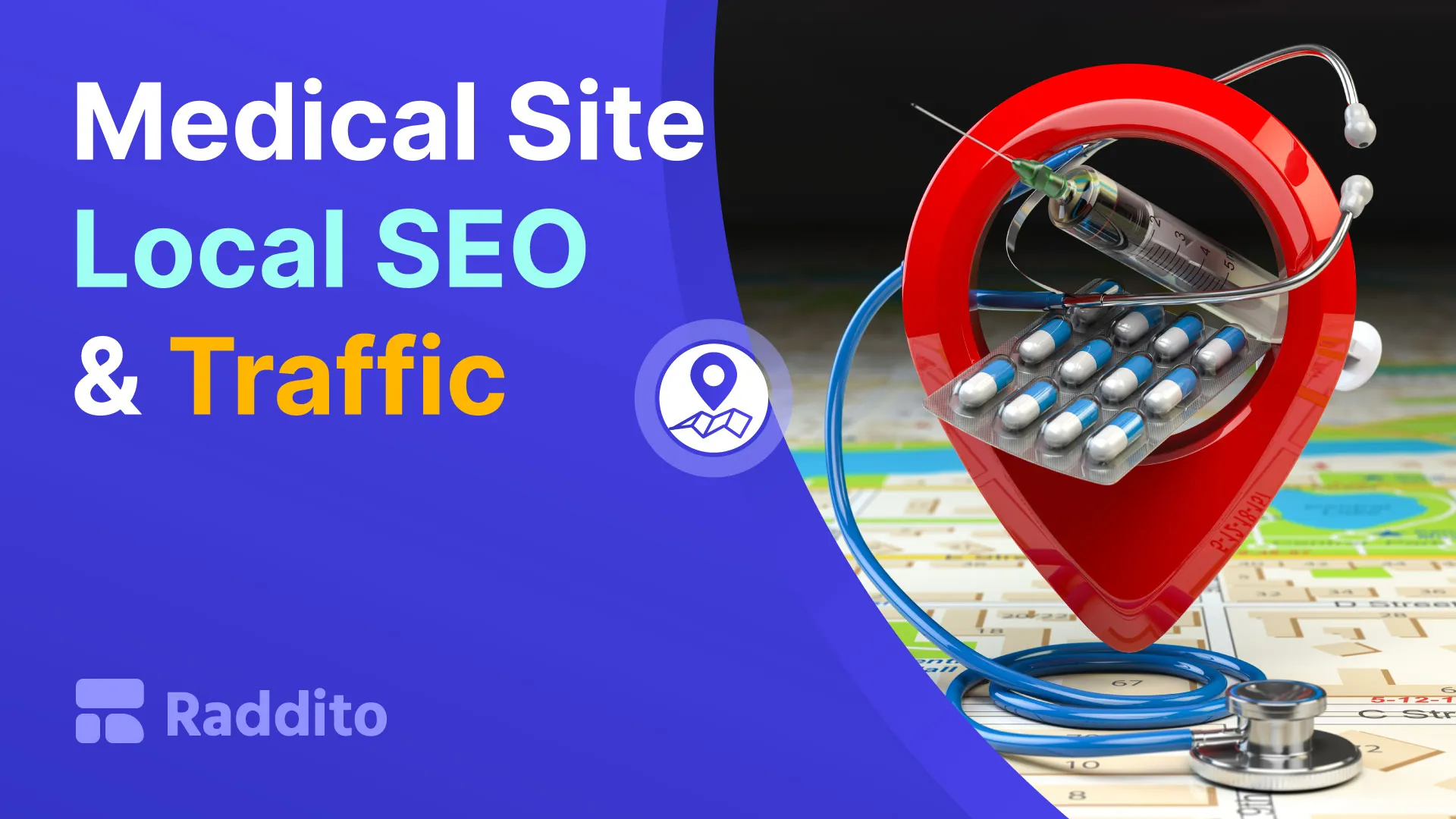Did you know that 46% of all Google searches are looking for local information? If your medical practice isn’t showing up in those results, you’re missing out on patients who need your expertise right now. The good news? Local SEO for medical websites isn’t just a buzzword—it’s a game-changer. With the right strategies, you can dominate local search rankings, attract nearby patients, and grow your practice. Let’s dive into actionable steps to make your medical website a local powerhouse.
Why Local SEO for Medical Websites is Non-Negotiable
Imagine this: A patient moves to your area and searches “best cardiologist near me” or “urgent care clinic open now.” If your website isn’t optimized for local SEO, competitors will snag that spot—and that patient. Here’s why prioritizing local SEO for medical websites matters:
- Local searches drive high-intent patients: People searching for medical services locally are ready to take action.
- Builds trust: Patients prefer providers they can visit easily. Showing up in local results boosts credibility.
- Competitive edge: Many medical practices overlook local SEO, leaving room for you to dominate.
Key Strategies for Local SEO for Medical Websites
1. Claim and Optimize Your Google Business Profile (GBP)
Your Google Business Profile is your digital storefront. If it’s incomplete or outdated, patients will look elsewhere.
Action Steps:
- Verify your listing: Ensure your practice’s name, address, phone number (NAP), hours, and services are accurate.
- Add photos: Upload high-quality images of your facility, staff, and equipment.
- Encourage reviews: Ask satisfied patients to leave reviews. Respond promptly to all feedback—positive or negative.
- Use Google Posts: Share updates like new services, seasonal promotions (e.g., flu shots), or health tips.
Pro Tip: Use keywords like “family doctor in [City]” or “pediatric clinic near me” in your GBP description.
2. Master On-Page SEO with Local Intent
Your website must speak Google’s language while addressing local patient needs.
What to Focus On:
- Title tags and meta descriptions: Include your city/region and services.
- Example: “Top-Rated Dermatologist in Austin | Skin Care Treatments & Acne Solutions”
- Localized content: Create pages for each service area.
- Example: A page titled “Diabetes Management in Miami” with tailored advice for local patients.
- Schema markup: Add structured data to help search engines understand your location, services, and reviews.
3. Dominate Local Keywords with Hyper-Targeted Content
Local SEO for medical websites thrives on relevance. Identify keywords your ideal patients are searching for:
- Use tools like Google Keyword Planner, SEMrush, or Ahrefs to find terms like:
- “urgent care [City]”
- “physical therapy near [Landmark]”
- “orthopedic surgeon [Region]”
Create blog posts, FAQs, or service pages around these keywords. For example:
- “5 Signs You Need a Knee Replacement | Expert Insights from Chicago’s Leading Orthopedic Surgeons”
- “How to Find the Best Pediatrician in Dallas: A Parent’s Guide”
4. Build Local Citations and Backlinks
Citations (mentions of your practice’s NAP) and backlinks from reputable local sites signal authority to search engines.
Where to Start:
- Local directories: List your practice on Healthgrades, Zocdoc, and local chambers of commerce.
- Partner with local organizations: Sponsor community events or collaborate with nearby businesses.
- Guest blogging: Write for local health blogs or news outlets. Include a link back to your site.
5. Optimize for Mobile and Speed
57% of users won’t recommend a business with a poorly designed mobile site. For medical practices, this could mean life-or-death consequences.
Quick Fixes:
- Use Google’s Mobile-Friendly Test to identify issues.
- Compress images and leverage browser caching to boost load times.
- Simplify navigation: Ensure patients can book appointments or find directions in 2 clicks.
Avoid These Local SEO Mistakes for Medical Websites
Even small errors can tank your rankings:
- Inconsistent NAP: Your practice’s name, address, and phone number must match everywhere—website, GBP, directories.
- Ignoring reviews: Negative reviews left unanswered damage trust.
- Generic content: Avoid vague phrases like “quality care.” Be specific: “Certified Diabetic Educators in Phoenix.”
Ready to Outrank Competitors? Let’s Talk.
Optimizing local SEO for medical websites takes time, expertise, and a deep understanding of healthcare marketing. If you’re feeling overwhelmed or unsure where to start—we’ve got your back.
Our team has helped dozens of medical practices:
- Triple their organic traffic in 6 months.
- Secure top rankings for competitive local keywords.
- Convert online searches into booked appointments.
Don’t let patients pass you by.
- Schedule a free 30-minute consultation to audit your current strategy.
- Live chat with our SEO specialists for instant answers.
- Email us at support@raddito.com for a tailored action plan.
Final Thoughts: Local SEO is Your Practice’s Lifeline
In the healthcare industry, visibility isn’t just about traffic—it’s about connecting patients to the care they need. By prioritizing local SEO for medical websites, you’re not just climbing search rankings; you’re building a healthier community. Start with one strategy today, track your progress, and watch your practice grow.
Need help accelerating results? We’re here to turn your website into a patient magnet. Let’s chat!
